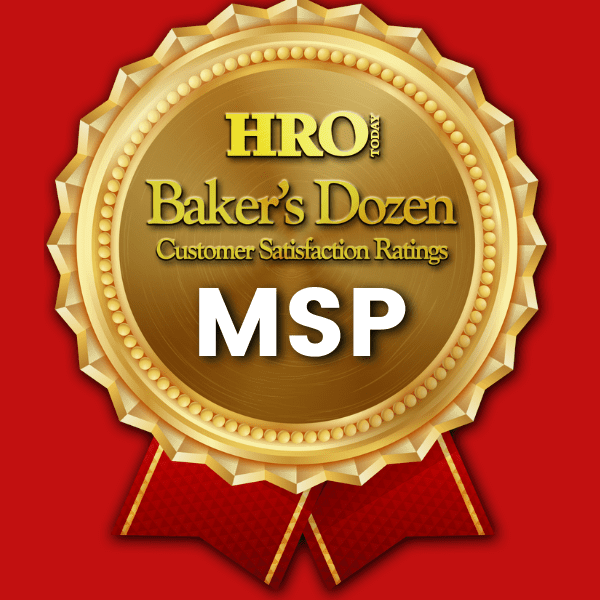Today’s contingent workforce management programs face the challenge of delivering on cost, visibility, compliance, and quality.
By Christopher Dwyer
As the non-employee workforce continues to grow, more enterprises are finding incredible value by utilizing freelancers, independent contractors, temporary workers, and professional services. Ardent Partners’ latest State of Contingent Workforce Management research study has discovered that 40 percent of an average company’s total workforce is considered non-employee. With this growth comes the added responsibility to develop and implement stronger contingent workforce management (CWM) programs that can effectively handle a variety of performance and efficiency demands.
CWM programs have consistently balanced multiple priorities over the years, including decreasing costs while increasing visibility, quality, and compliance. The balancing act continues in 2018, although the focal areas have shifted considerably in only a year. After nearly a decade of cost savings being the top priority, both visibility and compliance have come out on top in recent State of Contingent Workforce Management research studies. Today’s CWM programs have four main areas for organizational improvement and continued growth:
- Sixty-three percent of businesses plan to enhance overall talent engagement strategies. Talent engagement is a core area of development for any modern business because talent is a prime competitive differentiator. Today’s talent engagement strategies must account for developments in online staffing via online talent platforms, changes in generational workforce culture, and the general desire to become a more agile enterprise.
- Sixty percent of organizations expect to improve statement-of-work (SOW) and services procurement and management. SOW and services, referred to as “complex contingent labor” by Ardent Partners, often represents the largest slice of a company’s total contingent workforce pool, including both by head count and by dollars. Legal services, financial services, consultants, and other types of contracted services generate a great deal of spend, and to effectively gain visibility and better manage the projects associated with such services, organizations are implementing tech platforms like a vendor management system (VMS) or working with outsourced managed service program (MSP) providers.
- Fifty-six percent of organizations are looking to better harness business data and intelligence. Business intelligence and big data have contributed to the data renaissance of recent years. In the world of talent and workforce management, total talent data is incredibly valuable to help organizations execute better-educated, talent-based decisions when new projects or initiatives arise. In fact, the very concept of total workforce management hinges on the ability to gain total talent visibility. By harnessing data from various systems, including VMSs, applicant tracking systems, eProcurement, and human resources management systems, today’s organizations will be well-positioned to thrive in the new world of work by tapping into on-demand talent that fits the exact requirements of business projects and initiatives.
- Fifty-three percent of enterprises are planning to leverage more innovative technology. Innovation is at hand in nearly every facet of modern business. However, it may be the new world of work that benefits the most from the hottest innovations at hand. Artificial intelligence is actively mimicking human thinking, helping to push chatbots into the realm of everyday operational use, and transforming enterprises into seamless, holistic machines. Machine learning is enhancing the depth and power of data-led insights across a vast repository of systems within the contemporary enterprise, providing real-time insights and on-demand intelligence. It is also providing the necessary data to predict talent shortfalls, develop future scenarios, and help business leaders understand the true depth of their talent pools. And next-gen technologies, such as augmented reality, can have tremendous value by helping remote employees enhance collaboration with coworkers at business headquarters, or even helping recruiters and hiring managers give prospective candidates a taste of the workplace culture -not to mention assisting with onboarding and training.
The non-employee workforce of 2018 is not merely a supporting strategy to fulfill a specific demand; today’s contingent workforce is truly a value-add, critical piece of overall enterprise operations. Many freelancers and independent contractors have the ability to deliver insights possessed by very few others since many have deep skill sets in a specialized field, while professional services are often an unheralded measure for recurring projects and needs across the organization. Combined with traditional temporary workers staffed via agencies and vendors, which also includes high-volume staffing, and the rise of robotics, today’s organizations have a non-employee workforce that is just as talented and crucial as the traditional full-time employees that roam the office hallways.
Christopher J. Dwyer is vice president of research for Ardent Partners.














